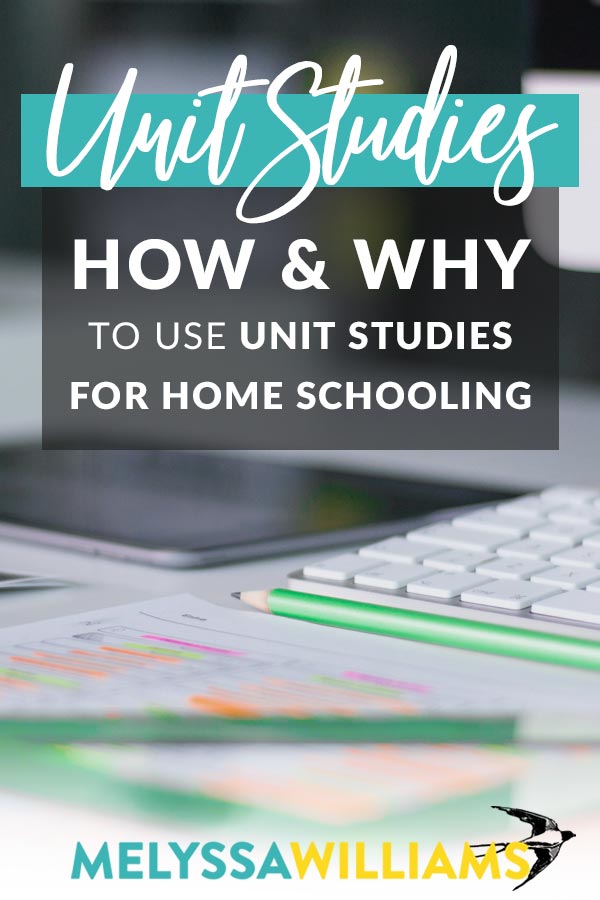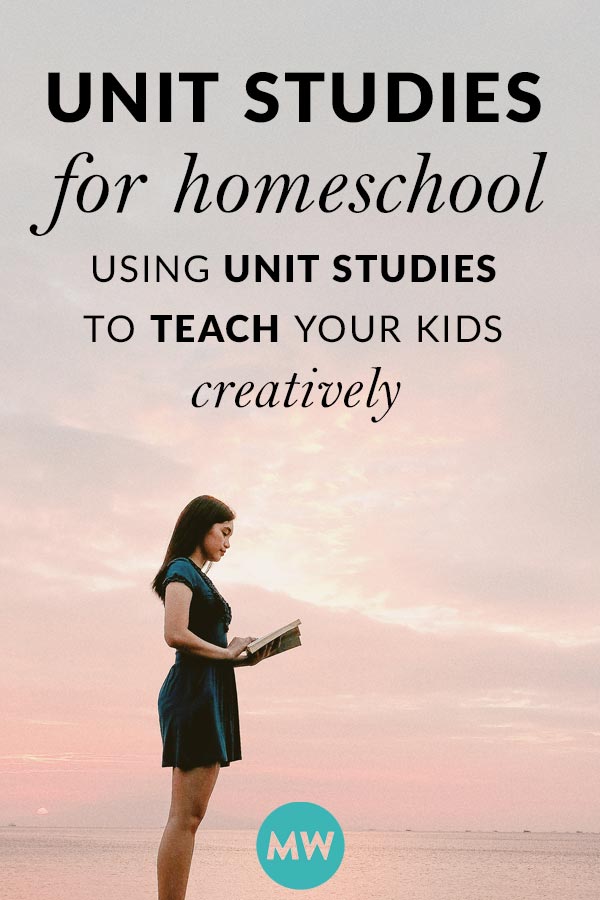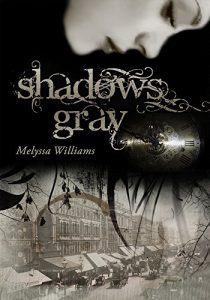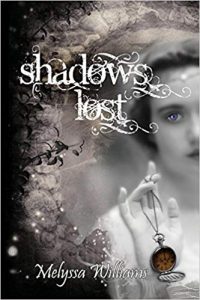Let’s talk about unit studies.
(And I’ll give you a free one. Read on.)
As a homeschool mom, you want to know what works best to educate and engage your little rugrats, and how to do it most efficiently and easily.
Having homeschooled and been homeschooled (hi, Mom!) for many moons now, I can attest to what works for myself, my brain, and my heart.
Uh, and my kids (oh yeah, them, too).
One method I always liked best – and continually found myself going back to – is unit studies.
Please note that this post contains affiliate links, which means that if you purchase something you see on our site we may receive a commission at no cost to you. Read our full disclosure here.
What Are Unit Studies?
I’m so glad you asked. Unit studies are a unique way to blend all of your school subjects together into one orderly “unit,” organized around a specific theme.
The theme is often taken from a book, so this particular homeschool method heavily emphasizes literature. From there, other subjects are incorporated as they show up in the book.
This means that your math is not so far removed from, say, your sociology; your geography ties in nicely with your economics; and your literature blends seamlessly with your… underwater basket weaving.
So ultimately homeschool unit studies emphasize practical, hands-on, real-life applications.
(Well, apart from the underwater basket weaving thing.)
The idea is to shift the center of education away from textbooks (though those can certainly still be used) and towards holistic learning, imaginative thinking, and a deep-dive study of literature.
For example…
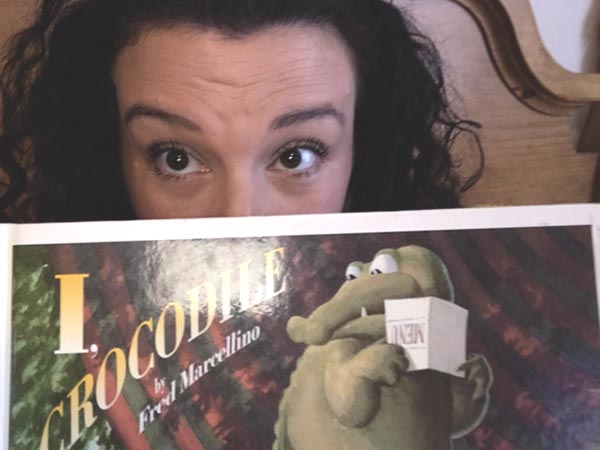
Say your little one is obsessed with the picture book I, Crocodile.
If he or she hasn’t read this book yet, buy a copy posthaste. It’s adorable.
Freebie alert: Read through to the end for a free unit study download to go along with this book.
So now that you’re stuck (ahem, I mean blessed) with reading this gem eleventy-seven times per day, why not make your homeschool lessons revolve around it?
Unit Study Example: I, Crocodile (Kindergarten)
After reading the book (I always recommend reading it every day to refresh your little minds and get on the same page when they are this little), you’ll pick a subject.
(Again, I’ll have all this in a cute PDF for you at the end. For free!)
DAY 1
Let’s say today is Monday, the start of your homeschool week, and we’ll begin with Art and Cooking.
UNIT 1: ART
Read about the illustrator. Talk about what an illustrator does. Look at the art on each page.
What kind of colors did the illustrator use?
What kind of medium (paint, pencils, oils, etc) did they use?
Which picture is your favorite and why?
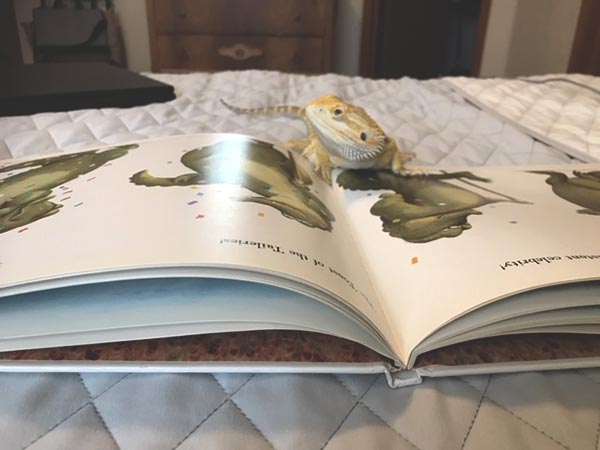
Supply your little artist with the same products your illustrator used. If drawing a crocodile is too difficult, you could provide a coloring sheet, a tracing piece of paper, or let them draw whatever they like, as long as they’re inspired by the colors and the art!
Pyramids are easy triangle shapes and can be colored in brown. Try a palm tree, or the scared snake from Page One.
After Art is over, flip through the book again for…
UNIT 2: COOKING
Is food mentioned in the book?
In I, Crocodile, they talk about wanting crocodile pie with Egyptian onions!
Now you can get creative… while I don’t think you’ll find fresh croc at the supermarket, you could certainly make crocodile-shaped cookies, or a chicken pot pie (with onions).
What other French or Belgium foods could you make together? What about the crocodile’s favorite dessert: Pink Flamingo?!
If you plan ahead and purchase flamingo cookie cutters, your kiddo will have a blast. If you’re handy free-styling with a butter knife you could also just cut out one giant flamingo cookie. (And just like with Art, pyramids would be an easier option).
This is plenty for your Kindergartner for today!
DAY 2
Maybe today is a good day to get outside. Let’s plan on having our subjects be Physical Education and Math.
UNIT 1: P.E.
As on Day 1, start by another reading of I, Crocodile. Pay careful attention to the outside scenes. Where does the crocodile live? Where does he travel to? How does he get there? What’s the weather like?
Go for a walk. A scavenger hunt is always great fun for the Littles (and it keeps the ones who don’t particularly love walking interested and distracted from wanting to go home or be carried). Make a list before you go of items you saw in the book:
- A lady wearing pink
- A cat’s tail (the plant, but if you can’t find any, a real cat’s tail would do!)
- A flag flying
- The moon
- A construction worker
- A man in a hat
- A water fountain
- A statue
- A fence with spikes
- A small white dog
- A sewer drain
After all that walking and looking, they’ll be ready for a nap, and then …
UNIT 2: MATH
For this age, math is pretty simple. Here are some ideas to find math topics in the book:
- Count how many pages there are in the book.
- Count how many men there are, and then the women. How many kids?
- How many hot air balloons are there?
- How many people are in those hot air balloons?
- How many round objects are in the art work?
- If you added up the hot air balloons plus the carriages, what would the answer be?
- If you subtracted the lady who gets eaten by her group of friends, how many friends do you have left?
DAY 3
Start by rereading (or go from memory) the book again. Don’t forget to have your child read along with you, or all on their own if they’re able!
Today, Wednesday, let’s do Vocabulary and Geography.
UNIT 1: VOCABULARY
There are some fun words in this book! Here are some worth looking up and discussing:
- Wretched
- Humiliating
- Fetid
- Succulent
- Aristocrat
- Pharoah
- Obelisk
- Le Fantastique Crocoile Egyptien (practice your silly French accents)
- Idly
- Mishap
- Peril
- Loutish
Discuss which word is your favorite and their favorite. Can you practice putting them into sentences?
Like,
- Do your socks smell fetid today?
- If you forget to brush your teeth will you be in peril?
- Is your family descended from aristocrats?
- If you met the Pharoah would you ask for an obelisk?
UNIT 2: GEOGRAPHY
This book takes place in Paris and Egypt. Get out a globe or a map and find each one. Globes are fun because you can spin them and then try to re-find your spot!
Kids are amazeballs at memorizing geography because of the shapes. (My son memorized every American state before he could even read, on a large map. And he’s adorable but not a genius.)
Using your phone or your computer, help them figure out how many miles it is from your house to Paris. Then from your house to Egypt.
If you have a map, have them help you draw a line/route to get there. Discuss what type of vehicle you would need to get there: a boat, a plane, a camel, a hot air balloon, a car?
If they’re up for it you could briefly talk about Napoleon and his history attempting to take over the world, or the pharaohs and their wonderful pyramids.
DAY 4
You know the drill! Reread the book.
At this point, your kiddo and you should know all the words or close to it. Have fun with the voices!
Today we’ll have Spelling and Science.

UNIT 1: SPELLING
Using words from the book, pick ones with which your kindergartner will be challenged, but not overwhelmed.
One who is already reading might be ready for words like, seasick, chance, finish, empire, murky, faint, stuck, sewers, lunch, dinner, dessert.
While just-barely-reading students can stick with easier fare, like for, now, and, yes, now, tub, eat, one, off, pie, sea, ride, time, net, big, hat, and tree.
If you’d like them to practice handwriting at the same time, have them write them out. If they’re more of audible learners, hold an old fashioned spelling bee.
Since they’ve been following along with you as you read, you might be surprised at how quickly they’ll grasp the spelling of these words.
UNIT 2: SCIENCE
For your Science unit study, let’s explore a few options you could do.
Do you want to talk about the weather? Then let’s look up the weather in Egypt and Paris right now. Why does the lady in the book have a parasol? How hot does it get in Egypt? How cold do crocodiles like their water temperature?
Or, maybe you could focus on time zones. If it’s 3 o’clock where you are right now, what time is it in Paris? Why is that?
If those topics aren’t your jam, let’s read about hot air balloons! What makes them fly? (Science!) Would you ever go on one? Who took the longest flight in a balloon?
Are weather and balloons still not getting your kiddo’s imagination running? Did Napoleon really kidnap a crocodile and take him to Paris? Could you feasibly ship a croc from boat to carriage to a crane into a fancy bathtub?
Not to mention, how did the Egyptians build those pyramids?
DAY 5
And we’ve made it to our final day of I, Crocodile! Read it one more time (or at this point, they may be able to read it to you by themselves).
Today is a fun day, so we’re going to do something that culminates in a Show and Tell for Mom or Dad, the whole family, Gramma, or the neighbor down the street who always wants to know what homeschooling is.
To keep it fun, we’ll mix and match unit study topics and try to find their favorites.
Here are some ideas for Fun Friday:
- Perform a skit based on the book
- Have dress up day with Egyptian or French fashion
- Write a poem about mummies or palm trees or whathaveyou
- Using a paper plate, string, and art supplies, make a hot air balloon. If they are up for making more than one, make several and then hang them by strings to your dining room chandelier, a doorway, or to their bedroom ceiling.
- More cooking!
- Or, does your town have an Egyptian restaurant, or French? Go out to eat. Tell your waiter what you learned about the country
- Listen to Egyptian and/or French music
- Go to the zoo to see the crocodiles
- Listen to the audio book with Tim Curry narrating
- Put together a Napoleon costume
- Learn how to do “the crocodile walk” for exercise or gross motor skill development
- Print out a small picture of a crocodile and glue it to a pushpin. Now attach to your world map in Egypt.
- Using magazines, glue sticks, and safety scissors, make a collage of all things Egyptian, French, and reptiles.
You could pick one or two or do them all! The point is to end on a high note.
If Spelling made your student cry, or the Science made them fall asleep, make sure Friday is full of fun and adventure and silliness. Don’t push. Enjoy!
I promise you, they will never forget the book and the fun you had this week!

Literary and/or Subject-Based Unit Studies
I tend to prefer unit studies based on a fictional book. Those are just plain fun for everyone!
But you can do a unit study on just about anything.
Let’s say you want to do a subject-based unit study on George Washington, or the Revolutionary War. You’ll probably start with some textbooks (or non-fiction picture books for littles).
But the genius of the unit study approach is that soon your homeschoolers will be doing all sorts of interesting things.
You’ll be cooking old-fashioned meals, testing out wool coats in the snow, looking at Google Earth to see how the geography of Boston Harbor affected the war and thus the history of modern civilization…
Anything and everything is possible when you and your kids start to love to learn.
Pros & Cons of Unit Studies for Homeschooling
As you can tell, I’m a fan. But let’s be real: it’s not for everyone.
Here are some unit study pros and cons.
Pros
Unit studies emphasize:
- Imagination
- Holistic learning
- Quality literature
- Hands-on approach
- Repetition without getting bored
- A better grasp of subjects that tend to be dry like geography and history
- Cost effectivenes
- Piqued curiosity
Cons
The downsides to unit studies can be:
- More time consuming if you have lots of prep work
- Some students learn better from textbooks/tests
- A frustration/dislike of the book or topic
- It doesn’t help you “teach to the test/Common Core”
- Difficulty finding the book(s) you need, especially if your small town library is tiny
So, give one a try and see if Unit Studies are right for you!
Do I sound like an infomercial for pharmaceuticals? Oh dear.
Side effects include, time with children, snuggles while reading, Kindergartners who know things most don’t, excessive cookie baking, long walks with long discussions, scrapbooks of memories, dog-eared pages, and happy families.
Free Unit Study Download: I, Crocodile
Ok, as promised, I’ve put all this together into a nice download/printable for ya.
It’s in two formats: A nice, large-font PDF that you can easily read from your phone, and a simple word doc that you can download, edit (if you want) and print using fewer pages and less ink than the pretty PDF one (and no colors, either).
Click here, pop in your email, and get your free unit study download instantly!
Pin It
